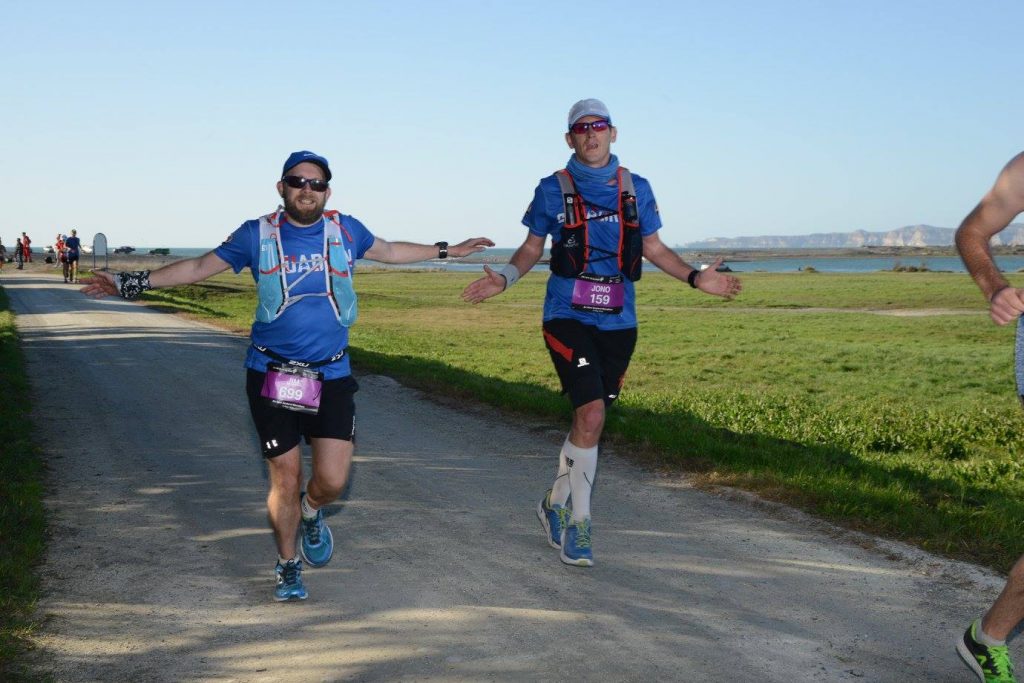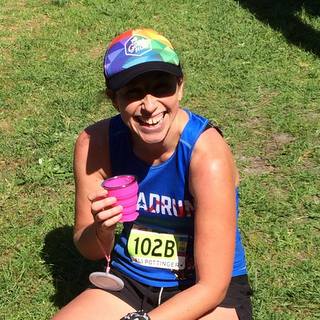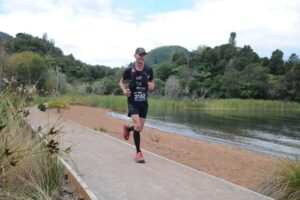
‘I should increase my training by 10% per week’
You should increase your training volume only when you are able to absorb more stress. Your body doesn’t count 7 days, more likely the increase in loading will represent a gradually increasing wave over time. Some weeks with more, some weeks the same as before. If you listen to your body it will let you know.
Like compounding interest, increasing by a percentage runs the risk of a hockey stick effect when you start to get into higher volumes.
We recommend increasing your training load by feel not by a fixed percentage or figure.
‘I’ll base my target race goal off no particular information, I’ll just choose a time that I would like to run’
We will often see people say things like ‘I want to run a 2 hour half marathon’ and maybe a 4 hour marathon’ etc but if their current level of training and fitness isn’t aligned with that objective these can be unrealistic goals and it would be foolhardy to set out towards them on race day.
You are best to train at where you are at, and build your fitness as best you can with the time available to you, then do some benchmarking in the last few weeks or month to get an indication of where your fitness is at and what time you are capable of running (establishing an appropriate time goal for your race).
We recommend training as best you can and potentially doing a few hard parkruns to help guide your target race goal.

‘I should run my training runs at the pace I want to run my race at’
Whilst it might be useful to do some race pace conditioning closer to the event you are better off doing as much easy running as possible. Your race paces will be faster than your easy training runs and training at your race pace will leave you too fatigued to do more running in the forthcoming days.
Easy runs make it easier to do more running, running at race pace (which is a moderate intensity) means you would be able to do less sessions and less total running.
We recommend keeping your easy runs easy so that you can do more of them, and focusing on conditioning for race paces in the last 4-6 weeks of your training.
‘Gels make you run faster’
You can’t fix fatigue and account for fitness with a fuel source.
Energy and fitness are two completely different things.
You may require external energy sources after 60 minutes of racing but it probably isn’t a lack of energy that is making you feel slow at ¾ race distance.
We recommend people practice race day fueling and pacing prior to their target event so that they understand the best strategy for them.
‘I should start out fast to bank time…’
Being ahead on time at halfway is called a positive split, you’ll almost never see an Olympic marathon, or world major run at a positive split and it is always more efficient to run a dead even pace across the entire race distance, or faster in the second half (negative split).

We recommend understanding your realistic race goal based on race day fitness and a pacing plan that represents an even speed for every kilometre of the event. Include considerations for course/terrain variations and race day weather.
‘I should drink at every aid station’
It is easy (and dangerous) to become overhydrated. Fluid rates will vary based on race day conditions.
We recommend being sufficiently hydrated before the race and drinking to thirst during the event.
‘I don’t need to start training now’
Fitness is a journey that doesn’t have a start or end point, you can build fitness today relevant to your next event, or an event that is years in the future. You will never be too fit for something. Fitness isn’t spent or used up so getting fitter over time enables you to do more events.
We recommend maintaining the fitness that you have, or starting to build fitness as early as possible. The development of the cardiovascular system is a years long journey. Instead of training for just the upcoming event, train for life and weave events and experiences through it.
‘You should expect to hit a wall’
Everyone will reach a low point in their race. You may find yourself in a hole only to recover from it a few kilometres later and that is quite normal. The concept of breaking through the wall more likely refers to the run getting easier as you approach the finish line simply because your central governor realises you are going to make it and the effort is about to end.
We recommend conditioning yourself by incorporating a long run into your training week. Gradually increasing the distance, as fatigue allows. The process of conditioning helps prepare the central nervous system for the repetitive nature of long-distance running.
My body is sore but my program says I’m running today..

It’s important to train where you are at. No program is worth dying for. You are the only one who knows what state your body is in each morning. Training is about applying and then recovering from stress.
We recommend checking in with yourself each day about where you are at with your recovery and using that check in to help guide what you should be doing with your training.
I need to do a super long run to be able to run my marathon
The longest run you will do in training is the run that is right for you. Your longest long run should be somewhat aligned with how long your normal long run is. If you are able to do a two hour long run once a week that is great but if two hours is nothing like the duration you are typically running for potentially running for two hours will lead to excess fatigue or injury.
The best runners in the world don’t run marathons distance training runs and neither should you.
We recommend training at where you are at and not some pre-determined objective distance. As you develop fitness you will be able to run longer but after about 2.5 hours diminishing returns mean that you are more likely to be impacting upcoming training.
